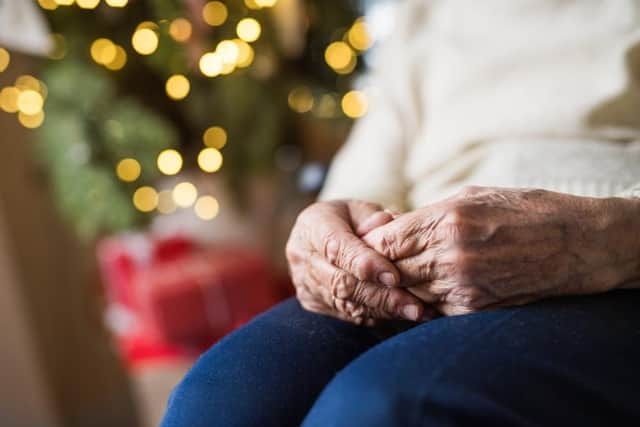Lockdown support bubble: rules for forming Covid bubbles during new England restrictions in January 2021
England has entered a fresh lockdown as coronavirus cases continue to rise exponentially.
The number of new confirmed cases in the UK topped 60,000 for the first time on Tuesday 5 January, with one in 50 people estimated to have caught the virus last week.
Advertisement
Hide AdAdvertisement
Hide AdIt is not clear how long the restrictions will last, but Boris Johhson told MPs there was a “cautious presumption” that the lockdown could start to be eased from mid-February.


Despite the tight rules, people are still able to form lifeline support bubbles, just as has been an option throughout the pandemic.
Here’s everything you need to know about forming a support bubble in England.
What is a support bubble?
The support bubble rule still applies during lockdown, as it is intended to reduce loneliness and isolation during restrictions.
Advertisement
Hide AdAdvertisement
Hide AdIt’s a support network that links two households, but you need to meet certain criteria to be able to form one.
Once a support bubble has been made, you can think of yourself as belonging to one household.
You’re able to have close contact - no social distancing - with the other household, as if you lived with them.
Those who have formed an extended household can meet indoors and outdoors, have overnight stays and visit public places together, just as a normal household would.
Advertisement
Hide AdAdvertisement
Hide AdHowever, it is essential that you follow social distancing guidance with other people outside of your support bubble, to keep everyone in the bubble safe.
The government advises that bubbles are made locally, to help to prevent the virus spreading through different areas.
How can I form a support bubble?
On 2 December, the UK Government changed the rules so more people could form support bubbles.
You are able to make one, with another household of any size, if:
Advertisement
Hide AdAdvertisement
Hide Ad- You live by yourself – even if carers visit you to provide support
- You are the only adult in your household who does not need continuous care as a result of a disability
- Your household includes a child who is under the age of one or was under that age on 2 December 2020
- Your household includes a child with a disability who requires continuous care and is under the age of 5, or was under that age on 2 December 2020
Advertisement
Hide AdAdvertisement
Hide Ad- You are aged 16 or 17 living with others of the same age and without any adults
- You are a single adult living with one or more children who are under the age of 18 or were under that age on 12 June 2020
You cannot form a support bubble with a household that is part of another support bubble.
And if you share custody of a child with someone you do not live with, the child is permitted to move between both parents’ households. In that case, you can still form a support bubble if you’re eligible.
Can I change my support bubble?
Advertisement
Hide AdAdvertisement
Hide AdThe government advises to avoid changing your support bubble if possible, to prevent spreading the virus between different households.
However, if your circumstances change, you can form a new support bubble, providing you meet the above criteria.
You also need to make sure the other household is not already part of a support bubble.
If you do decide to change, you need to treat your previous support bubble as a separate household for 10 days before forming a new one.
Advertisement
Hide AdAdvertisement
Hide AdThat means following all the coronavirus guidelines on meeting other people during the lockdown.
What is a childcare bubble?
A support bubble is different to a childcare bubble.
A childcare bubble is where one household links with another household to provide informal childcare, according to the government.
Anyone who lives with children under 14 can form one, but all adults in both households must agree to the arrangement.
Childcare can either be provided inside the home or in a public place, and the arrangement also includes overnight care.
The government advises that childcare bubbles are formed with another household that lives locally, to prevent the virus spreading through different areas.
